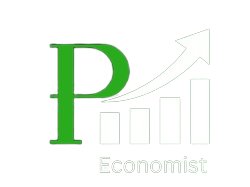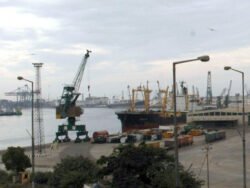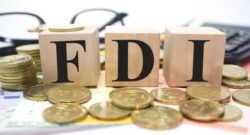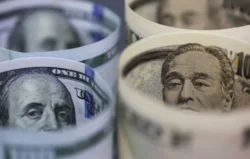SIFC making waves

08 January 2024
Published in: Business Recorder
The apex committee of the Special Investment Facilitation Council (SIFC), comprising the country’s senior-most civilian and military leadership, met for the eighth time since its establishment, this time under the chairmanship of the Caretaker Prime Minister and reaffirmed its resolve to take action against smugglers, hoarders and market manipulators. This, without doubt, is a laudatory effort.
All previous administrations, military and civilian, were fully cognizant of the economy being subjected to pervasive illegal activity – be it in the utility sector, or in most other markets, currency and commodities, yet action, when taken, was intermittent and of a short duration largely because no mechanism was put in place to ensure that law enforcement would undertake due diligence on an ongoing basis.
One would, therefore, hope that the SIFC learns from past experience and ensures the placement of a foolproof mechanism that would remain operational as a matter of routine.
The focus of the SIFC as its title suggests is however to facilitate foreign investment inflows and in this context it must be concerning that the State Bank of Pakistan website has uploaded the following data for July-November: direct investment in the first five months of the current year grew by 8.1 percent from the comparable period of the year before yet in total terms it remained insignificant – 656.1 million dollars against 606.9 million dollars the previous year.
And, while in November the rise in percentage terms was 12 percent yet once again the total inflow was merely 131.4 million dollars against 117 million dollars in November 2022.
In comparison direct investment inflows in India were a whopping 49.35 billion dollars in 2022 or 1.47 percent of the country‘s Gross Domestic Product while China attracted 11.8 billion dollars just in the third quarter of 2023 (and this in spite of Western countries led by the US placing restrictions on their investments to China under the guise of seeking reciprocity of trade terms).
Pakistan’s civilian and military leadership recently undertook several visits to GCC (Gulf Cooperation Council) countries to seek foreign investment inflows and it is heartening that their interest was palpable. It is a matter of record that interest in direct investment by GCC countries was also publicly affirmed during previous administrations, however, their interest while expressed in signed memoranda of understandings (MoUs) did not translate into binding contracts.
The reason for the MoUs not translating into binding contracts as noted in SIFC meetings was partly due to the lack of facilitation, inclusive of red tape that the SIFC is targeting to deal with promptly; however, it was also due to two other factors: (i) the request by the prospective investors to get fiscal incentives, which may have led to a lack of a level playing field for local investors and in the case of power generation plants signed between 2014-17 a tariff structure that is increasingly unaffordable for the general consumers; there is therefore a need to read the fine print of all binding contracts very carefully; and (ii) the state of the Pakistan economy was such that the profitability of any foreign direct investment was compromised.
Though it is critical to proceed further, but care needs to be taken to ensure that all previous lacunae are plugged starting with taking the economy out of its current economic impasse.
This requires massive slashing of current as opposed to development expenditure as that would reduce the need for not only domestic borrowing, a highly inflationary policy, but also mitigate the need to acquire expensive loans from abroad with extremely harsh upfront conditions by multilaterals/bilaterals – harsh from the perspective of the general public – and increase the country’s leverage.
A favorable economic climate would attract foreign investment without the need for the country’s leadership to offer economically unviable incentives to foreign investors.





